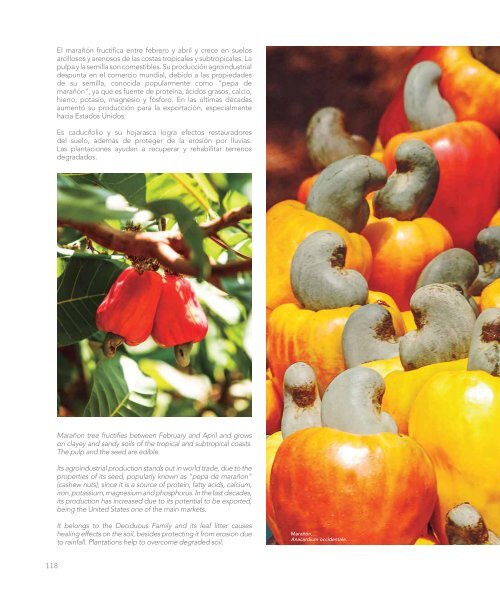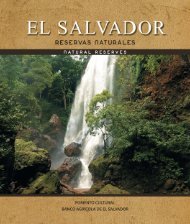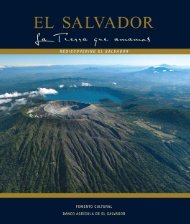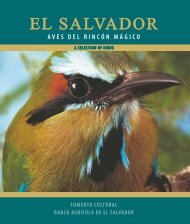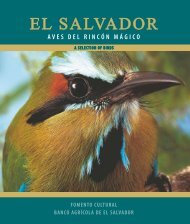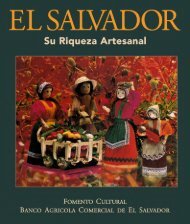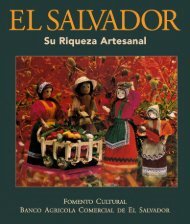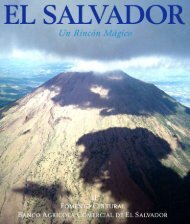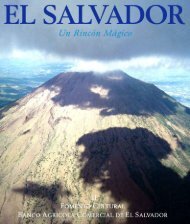You also want an ePaper? Increase the reach of your titles
YUMPU automatically turns print PDFs into web optimized ePapers that Google loves.
El marañón fructifica entre febrero y abril y crece en suelos<br />
arcillosos y are<strong>nos</strong>os de las costas tropicales y subtropicales. <strong>La</strong><br />
pulpa y la semilla son comestibles. Su producción agroindustrial<br />
despunta en el comercio mundial, debido a las propiedades<br />
de su semilla, conocida popularmente como "pepa de<br />
marañón", ya <strong>que</strong> es fuente de proteína, ácidos grasos, calcio,<br />
hierro, potasio, magnesio y fósforo. En las últimas décadas<br />
aumentó su producción para la exportación, especialmente<br />
hacia Estados Unidos.<br />
Es caducifolio y su hojarasca logra efectos restauradores<br />
del suelo, además de proteger de la erosión por lluvias.<br />
<strong>La</strong>s plantaciones ayudan a recuperar y rehabilitar terre<strong>nos</strong><br />
degradados.<br />
Marañon tree fructifies between February and April and grows<br />
on clayey and sandy soils of the tropical and subtropical coasts.<br />
The pulp and the seed are edible.<br />
Its agroindustrial production stands out in world trade, due to the<br />
properties of its seed, popularly known as "pepa de marañon"<br />
(cashew nuts), since it is a source of protein, fatty acids, calcium,<br />
iron, potassium, magnesium and phosphorus. In the last decades,<br />
its production has increased due to its potential to be exported,<br />
being the United States one of the main markets.<br />
It belongs to the Deciduous Family and its leaf litter causes<br />
healing effects on the soil, besides protecting it from erosion due<br />
to rainfall. Plantations help to overcome degraded soil.<br />
Marañón,<br />
Anacardium occidentale.<br />
118


